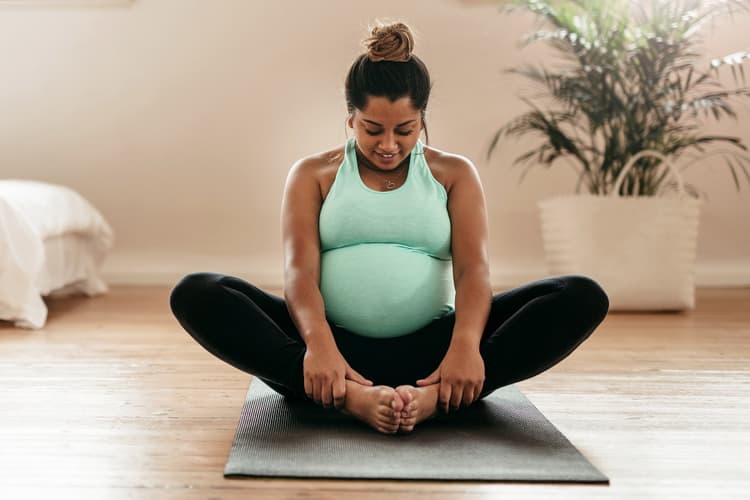Exercise during pregnancy is okay and here is how to go about it

Pregnancy is a vulnerable time for most women. However, this should not be an excuse to be inactive or what some refer to as a “couch potato.”
Experts advise that there are many ways in which pregnant women can avoid a sedentary lifestyle during pregnancy. Each trimester requires different types of exercises which are good for both the health of the mother and the child.
Some of the benefits of exercise during pregnancy include prevention of gestational diabetes, reduction in backaches and swelling, improvement of mood and posture, muscle toning, endurance and even helping one sleep better.
According to Dr Chance Nabankema, a professional physiotherapist at Nerves and Bones Rehabilitation Centre, exercises for pregnant women are subdivided into three for the different trimesters of pregnancy.
“In the first trimester, normally because of hormonal imbalances and instability, we normally recommend simple exercises like walking. However, during the second trimester, when the pregnancy is a bit more stable, you can move on to jogging, cycling and some particular bed exercises,” she says.
During this period, cardio-respiratory exercises that increase the heart rate are also recommended as they strengthen the heart and lungs.
“Exercises that strengthen the lower body muscles are normally recommended during the third trimester because they defend the baby. These exercises may include stretching exercises which also make delivery easier,” Dr Nabankema says.
All these exercises don’t affect the baby as long as they are done in moderation and with professional advice. Also, women with medical issues such as diabetes, asthma, heart diseases are usually advised to avoid exercise unless recommended by a health worker after assessing their situation. Women with pregnancy-related complications such as bleeding or spotting, recurrent miscarriages and low placenta among others are discouraged from indulging in exercises during pregnancy.
Dr Nabankema says for some women who experience backpain, this comes about as a result of the changes happening in the body because one has to accommodate the extra weight and such cases are handled individually varying from person to person.
She advises women in such cases to seek help from a qualified physiotherapist to diagnose the issue and treat it accordingly.
Women are also advised to never to exercise to the point of exhaustion and avoid exercises where falling or contact are likely such as horseback riding, football, and basketball among others.
When it comes to post-pregnancy exercise, Dr Nabankema says it is important to let the body recover from the cycle of pregnancy and delivery.
“Sometimes women rush into exercising after giving birth and end up getting complications because the body is still very weak and needs to first recover,” she says.
“Women who have undergone a C-section are also supposed to exercise, although their recommended exercises are different from those done by others because we look at the wound and the muscles that have been cut,” she adds. In this case, static exercises which don’t involve muscle movement are recommended.
With regards to getting back in shape after giving birth, Dr Nabankema says it depends on how long after delivery one starts to exercise and the amount of weight one wants to lose.
She advises that within the first 24 hours, one may do simple muscle tightening exercises in order to bring the pelvic bones back in shape while they are still tender and have enlarged during delivery.
As time goes by, the intensity of the exercises also increases as one gets stronger after delivery. The exercises range from low intensity through to moderate and high intensity exercises. High intensity exercises may come in after six months depending on one’s recovery after giving birth and any complications experienced.
“After assessment, we advise on a treatment plan so it may be hard to generalize a plan for every single woman,” she adds.
For those who had no complications during pregnancy, exercise routine may even begin a few days after giving birth or when one feels ready. One may start with simple walking exercises and pelvic floor exercises and progress to more vigorous ones like swimming, jogging and cycling.
Staying active can boost energy levels, promote weight loss, improve cardiovascular fitness and reduce postpartum depression among other benefits.


















